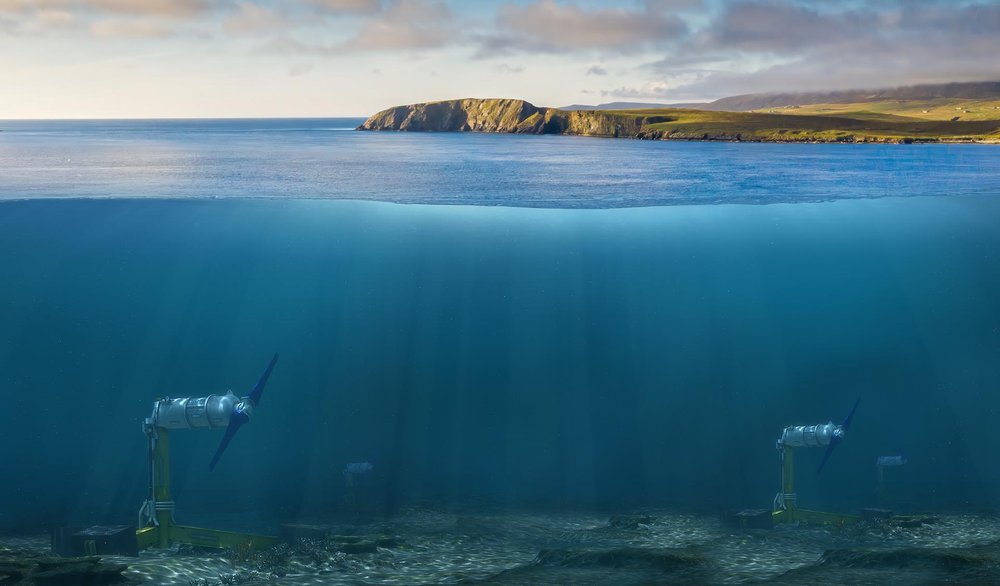A consortium of ten universities, led by the University of Plymouth, is warning that urgent action is required for the UK to meet its 2050 Net Zero target, with significant acceleration needed in tidal, wave, and offshore wind energy growth.
The latest report, ORE Outlook 2040, from the Supergen Offshore Renewable Energy (ORE) Hub highlights that the current pace of progress falls short. A step change is necessary to expand offshore energy production over the next 16 years, aiming for 100 GW of offshore wind by 2040 and significant growth in tidal and wave energy capacity.
Led by the University of Plymouth, the report emphasizes that nearly a sevenfold increase in offshore wind capacity is essential by 2040. Tidal stream and wave energy are also poised for expansion, with projections indicating a combined 12 GW by 2050, which is around 10% of the offshore wind capacity.
However, tidal stream needs continued support, and wave energy, while not yet commercially deployed, has a potential exploitable resource of 25 GW. According to Plymouth University, investment in wave energy technology research over the next decade is essential to unlock its potential.
“The UK has abundant offshore wind, wave and tidal energy resources and leads globally in ORE technology, but faster, more focused action is required to ensure we meet Net Zero 2050 targets. Research and innovation is critical—accelerating the optimisation of existing technologies, reducing design uncertainty, and discovering new ways to plan and construct these devices,” said Deborah Greaves OBE, Director of the Supergen ORE Hub at the University of Plymouth.
“Business as usual is not enough; radical changes are required to ensure we have the innovation needed to upscale the offshore renewable energy sector and to develop the skilled workforce required to meet the needs of the future renewable energy sector.”
The report calls for a focus on research and innovation, which will drive the offshore renewable energy sector forward by lowering costs, improving performance, and reducing risk. The UK’s position as a global leader in offshore wind, wave, and tidal technology is at stake, with the potential for £40 billion (approximately $52,4 billion) in gross value added (GVA) and a £1 billion reduction in energy balancing costs annually.
To achieve this, the report examines ORE development through four key lenses: planning and consenting, people, supply chain, and infrastructure and grid capacity. Without radical innovation in these areas, the UK’s energy goals risk falling short, Plymouth University noted.
The Supergen ORE Hub, coordinated by the University of Plymouth and including nine other UK universities (the Universities of Aberdeen, Edinburgh, Exeter, Hull, Manchester, Oxford, Southampton, Strathclyde, and Warwick), was established by the Engineering and Physical Sciences Research Council (EPSRC) to lead strategic research on sustainable power generation.
According to research by ORE Catapult and Imperial College London (ICL), tidal energy has the potential to provide 11.5 GW to the UK energy system, 11% of the UK’s electricity demand, and tidal stream projects could contribute up to £17 billion to the UK economy by 2050.
Just recently, a team of scientists from the University of Plymouth, with the Marine Biological Association and the University of the Highlands and Islands (UHI) Shetland, analyzed how Orbital Marine Power’s O2 turbine interacts with Orkney’s strong currents. Their research offers key insights into the optimal placement of tidal stream turbines and underscores the importance of site-specific assessments.

